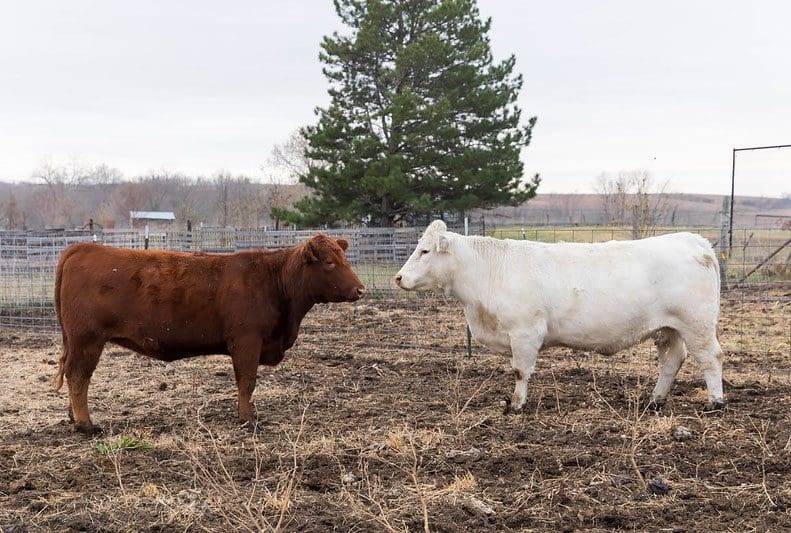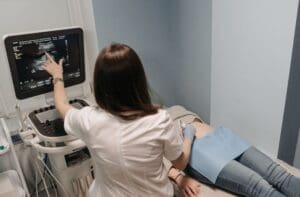By Lisa Moser, K-State Research and Extension news service
Manhattan, KS- In looking at the shifting amounts of money in retirement accounts, it is easy to see that markets run in cycles. In much the same way, the size of the beef cattle operation shifts in response to several factors including market demand, feed availability and other things, say the experts at Kansas State University’s Beef Cattle Institute.
Looking towards a time when beef producers are ready to expand the herd, the experts say there are three types of females that may best fit the operation. Speaking on a recent Cattle Chat podcast the experts outlined the pros and cons for adding each of these to the herd.
The three groupings of females they discussed were open heifers (non-pregnant females who have never calved), bred heifers (pregnant females carrying their first calf) and cow-calf pairs (cows sell with the calf at its side and the cow is either pregnant or open). These are all replacements for cows that were sold during the herd reduction phase, say the experts.
“In most operations, the open females are the most difficult to manage because of the labor that is involved in getting them bred and no assurance that she will be able to conceive,” veterinarian Brian Lubbers said.
However, veterinarian Bob Larson added that the advantage of the open females is that they can be bred to calve on the timeline set by the herd she enters.
“By adding an open heifer, I pick the breeding season, and they fit into my system quicker than with the other options,” Larson said.
The pros/cons with the other two options are financial, said Lubbers.
“The trade-offs with the bred and pairs relate to costs; bred cows are the middle-ground option, while cow/calf pairs are less work to manage but come at a higher cost,” Lubbers said. “The advantage of a more mature cow is that it is likely she will get pregnant again in the next cycle.”
When looking at those other two options, Larson said it is important to consider the timing of when they will calve and how that matches with the rest of the herd that the potential purchaser is calving out.
“Ranchers adding cow/calf pairs and even bred heifers need to be disciplined to buy the females that fit into their calving window,” Larson said.
Veterinarian Brad White agreed but added there is an exception.
“The cow/calf pairs don’t have to match my calving season perfectly. If they calve earlier than the rest of my herd, it will be easy for me to get them to breed back at a time that will fit with the rest of the herd in the next breeding season,” White said.
Regardless of which option producers opt to follow, agricultural economist Dustin Pendell offered this advice: “Each operation is going to be different so sit down and pencil out the expected expenses for each of these options to know which one is going to be best from an economic standpoint.”
White encouraged producers to consider purchasing replacement females as a long-term strategy.
“I am not adding these females just for a year or two, but rather I need to find ones that fit my environment and add value for many years to come,” he said.
To hear the full discussion, listen to the Cattle Chat podcast online or through your preferred streaming platform.













